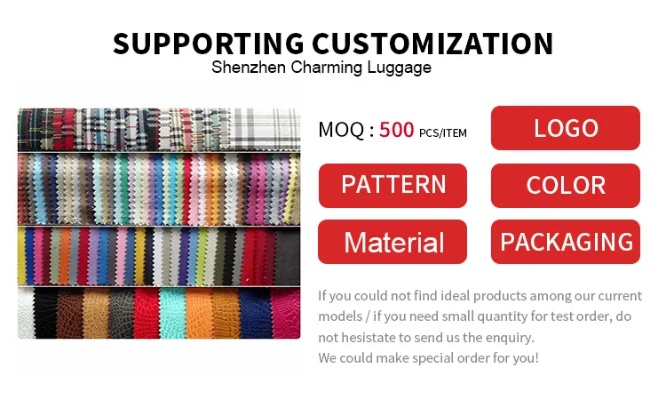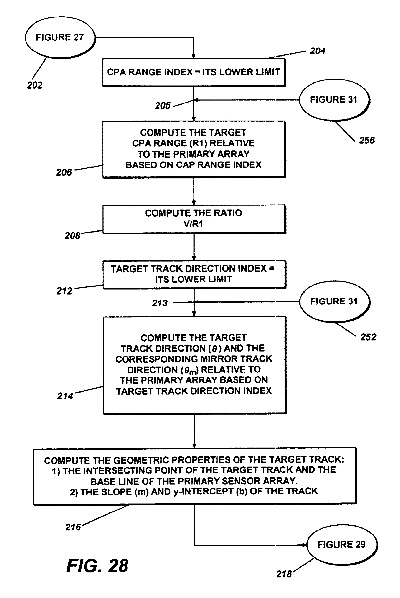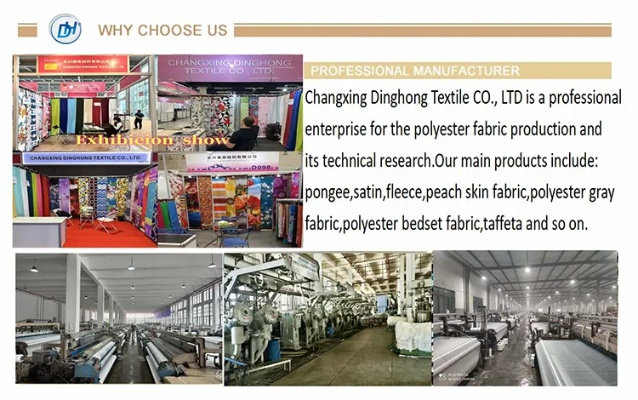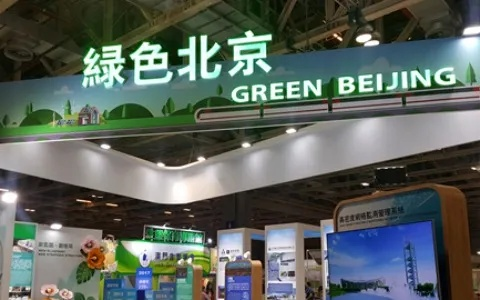The Multifaceted World of Functional Textiles
The functional textiles sector is a dynamic field that encompasses diverse applications spanning from healthcare to environmental sustainability. This industry has been revolutionizing the way we perceive and use textiles by incorporating advanced technology and innovative design principles into their fabrication processes. The integration of smart materials, such as conductive threads and embedded sensors, allows for the creation of textiles with self-healing capabilities, adaptive thermoregulation properties, and even biomedical functions. These fabrics can be used in various settings including wearable tech devices, medical garments, and even in architecture to create energy-efficient buildings. The demand for functional textiles is growing rapidly due to increased awareness about health and environmental issues, coupled with advancements in material science and manufacturing techniques. As this sector continues to evolve, it presents an exciting opportunity for researchers and entrepreneurs to innovate and drive sustainable development in the global textile industry.
Introduction: The world of textiles has always been a canvas for innovation and creativity, where fabrics are woven not just for aesthetic purposes but also to serve practical functions. Today, the term "functional textiles" is synonymous with advanced materials and designs that cater to various needs, from health care to fashion to sustainability. This article will explore the concept of functional textiles, their diverse applications, and how they have evolved over time. We'll delve into some innovative cases to showcase the transformative impact of these textiles in our daily lives.
Types of Functional Textiles: Functional textiles can be broadly categorized into several types depending on their intended uses.

-
Industrial Textiles: These are designed specifically for industrial use, such as insulation, fire-retardant, or protective gear. Examples include fire-resistant fabrics, antimicrobial fabrics, and heavy-duty industrial workwear.
-
Healthcare Textiles: These are tailored for medical applications, such as hospital gowns, surgical scrubs, wound dressings, and respirators. They often incorporate antimicrobial properties to prevent infections.
-
Sports Textiles: These focus on performance enhancement, durability, and comfort. Examples range from high-tech sportswear that track performance metrics to breathable, moisture-wicking fabrics for athletic activities like running or cycling.
-
Home and Living Textiles: These cater to the comfort and aesthetic appeal of everyday living. They might include air-purifying curtains, noise-cancelling headphones, and eco-friendly home decor items made from sustainable materials.
-
Accessories: Functional textiles also find application in accessories like bags, shoes, and even hats. They can be made from recycled materials, have water-resistant features, or incorporate smart tech for convenience and style.
Applications: Beyond their practical uses, functional textiles have found a place in our cultural landscape as well.
-
Fashion Design: Functional textiles have become an integral part of modern fashion. For instance, thermal underwear keeps you warm while looking stylish, while smart fabrics can be used to create trendy clothing pieces.
-
Art and Design: Artists and designers are using functional textiles to create unique works of art. For example, they might incorporate biodegradable materials into sculptures or paintings to promote environmental consciousness.
-
Retail: Functional textiles are now popular in retail stores. Customers can browse through collections featuring products that combine functionality with aesthetic appeal, making them more appealing to consumers looking for both practicality and design.
-
Education: Schools are starting to integrate functional textiles into classrooms and other learning environments. For example, interactive displays that respond to touch or sound can help students learn about different topics in a fun, engaging way.
Case Study: One notable example of a functional textile is the smart fabric developed by the British company Bamford Fabrics. This innovative material was designed for use in high-end fashion brands. It contains microchips that can be programmed to react to specific commands, allowing wearers to control lighting, temperature, and other elements within their clothing. The technology behind this fabric has enabled designers to create unique garments without sacrificing style or function, showcasing the potential of combining cutting-edge technology with traditional textile craftsmanship.
Conclusion: In conclusion, the realm of functional textiles is expansive and constantly evolving. From industrial safety to healthcare solutions, from sporting innovation to everyday utility, there are endless possibilities for these textiles to enhance our lives in ways that were once unimaginable. As we continue to push the boundaries of technology and design, it's exciting to see just how far this field will go. The future looks promising, full of new materials, technologies, and concepts that will shape the way we live and interact with textiles in the years to come.
功能纺织品概述
功能纺织品是一种具备特定功能性的纺织材料,广泛应用于服装、家居装饰、医疗保健等多个领域,它们通过先进的纺织工艺和材料科学,赋予产品更多的功能性,满足消费者对舒适、环保、健康等多方面的需求。
功能纺织品定义与分类

功能纺织品主要分为以下几类:
- 抗菌纺织品:具有抗菌、防霉、抗过敏等功能的纺织品。
- 透气纺织品:具有良好透气性和吸湿性的纺织品。
- 环保纺织品:采用环保材料,符合可持续发展的需求。
- 智能纺织品:具有智能调节功能的纺织品,如可调节温度、湿度、压力等。
功能纺织品案例分析
抗菌面料的应用
近年来,抗菌面料因其抗菌性能和环保特性受到广泛关注,某品牌推出的抗菌运动服采用特殊纤维材料,能够有效抑制细菌滋生,减少运动时的皮肤感染风险,该面料还具有吸湿排汗的功能,穿着舒适,适合运动时穿着。
功能性家居装饰品
功能性家居装饰品也是功能纺织品的一个重要应用领域,某些窗帘采用特殊纤维材料,具有防蚊虫、防紫外线等功能,为居住者提供更好的居家环境,功能性地毯也采用了环保材料,符合绿色家居的理念。
功能纺织品的应用领域与优势
-
服装领域:功能纺织品可以赋予服装更多的功能性,满足消费者对舒适、环保、健康等多方面的需求,抗菌面料可以减少皮肤感染的风险,提高穿着舒适度,透气性和吸湿性好的功能纺织品可以提供更好的穿着体验。
-
家居装饰领域:功能纺织品可以用于家居装饰,为居住者提供更好的居家环境,抗菌窗帘可以防止蚊虫滋生,保护居住者的健康,环保材料的应用也可以为家居环境带来更好的可持续性。
-
医疗保健领域:功能纺织品在医疗保健领域也有广泛的应用,医用口罩、手术衣等医疗用品采用功能纺织品制作,可以满足医疗行业对无菌、透气等特殊要求,功能纺织品还可以用于制作康复器材、理疗用品等,为患者提供更好的治疗和康复体验。
功能纺织品的发展趋势与前景
随着人们对健康、环保、舒适等方面的需求不断提高,功能纺织品的发展前景非常广阔,功能纺织品将会更加注重环保、可持续性、个性化等方面的发展,随着科技的不断进步,功能纺织品的性能和功能也将不断提高,满足更多消费者的需求。
英文案例说明(表格形式)
以下是英文案例说明表格:
| 功能纺织品案例 | 描述 | 材料/工艺/效果 | 应用领域 | 优势 |
|---|---|---|---|---|
| 抗菌运动服 | 采用特殊纤维材料,有效抑制细菌滋生 | 特殊纤维材料 | 运动服装 | 提高穿着舒适度,减少皮肤感染风险 |
| 抗菌窗帘 | 采用特殊纤维材料,具有防蚊虫、防紫外线等功能 | 特殊纤维材料 | 家居装饰 | 提供更好的居家环境,保护居住者的健康 |
| 功能性家居地毯 | 采用环保材料 | 环保材料 | 家居装饰 | 符合绿色家居理念 |
| 功能性窗帘布 | 具有防紫外线、防过敏等功能 | 高分子纤维材料 | 家居装饰/窗帘配件 | 提供更好的遮光效果和透气性 |
| 抗菌面料运动鞋垫 | 采用抗菌面料和柔软垫层材料 | 抗菌面料和柔软垫层材料 | 运动鞋配件/鞋垫 | 提供更好的舒适度和抗菌性能 |
功能纺织品作为一种新型纺织材料,具有广泛的应用前景和市场需求,随着人们对健康、环保、舒适等方面的需求不断提高,功能纺织品的性能和功能也将不断提高,满足更多消费者的需求,随着科技的不断进步,功能纺织品的生产技术也将不断更新和完善,为消费者提供更多优质的产品和服务。
Articles related to the knowledge points of this article:
The Role of Textile Testing Laboratories in the Fashion Industry
Chinese Textile Industrys Environmental Requirements:A Comprehensive Guide



